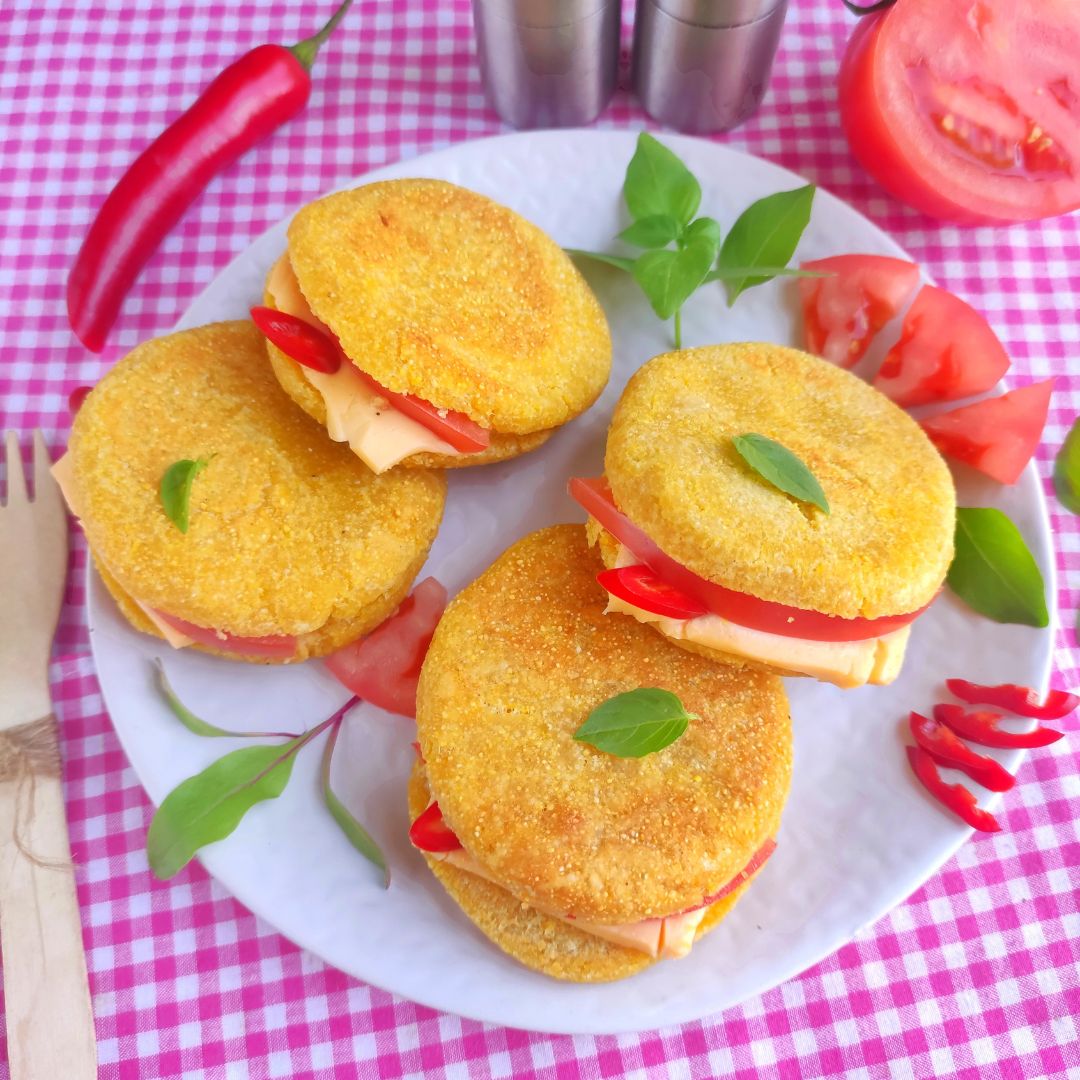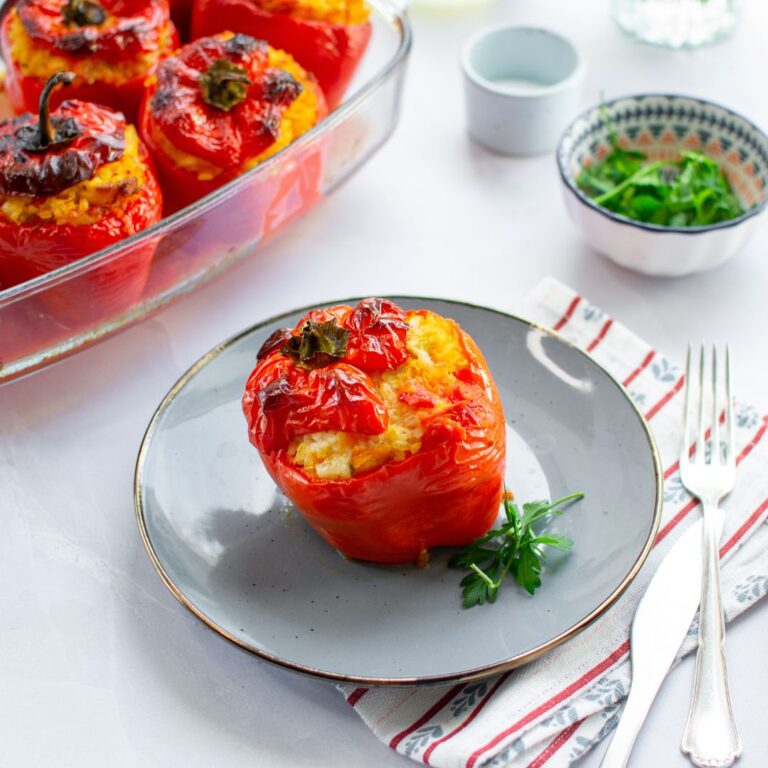Excited to share the Arepas Colombianas Recipe with you today! I had always marveled at the golden brown delights known as Colombian arepas, a staple in traditional and modern Colombian homes. Originating from the indigenous tribes, these cornmeal cakes have evolved through centuries.
Jump to Recipe
They bridge past and present, tethering people to their cultural roots while adapting to contemporary tastes. The Colombian arepas are round, puffy cornmeal tortillas that are a gluten-free alternative for those with dietary restrictions. Not only are they suitable for vegetarians, but they also contain no animal fats.
Arepa a type of flatbread made from ground maize dough or precooked cornmeal. This recipe makes the Arepa flour from scratch!
Try the popular dish of Colombian cuisine, arepas. They can be made for breakfast or a snack, served with soups and salads.

Ingredients for Arepas Colombianas Recipe
Cornmeal: The backbone of any arepa recipe, cornmeal gives these iconic cakes their structure and subtle, earthy flavor that pairs well with countless fillings.
Salt: A crucial ingredient, salt enhances the natural flavors of the cornmeal and fillings, harmonizing the arepa’s various elements.
Warm Water: Essential to create a pliable dough that’s easy to shape and cook. The warmth also helps to dissolve the salt evenly throughout the dough.
Oil for Dough: Adding oil to the dough ensures the arepas have a tender texture and don’t stick to the pan or grill while cooking.
Vegetable oil for frying, for that crisp exterior when frying on medium heat, can’t be overlooked.
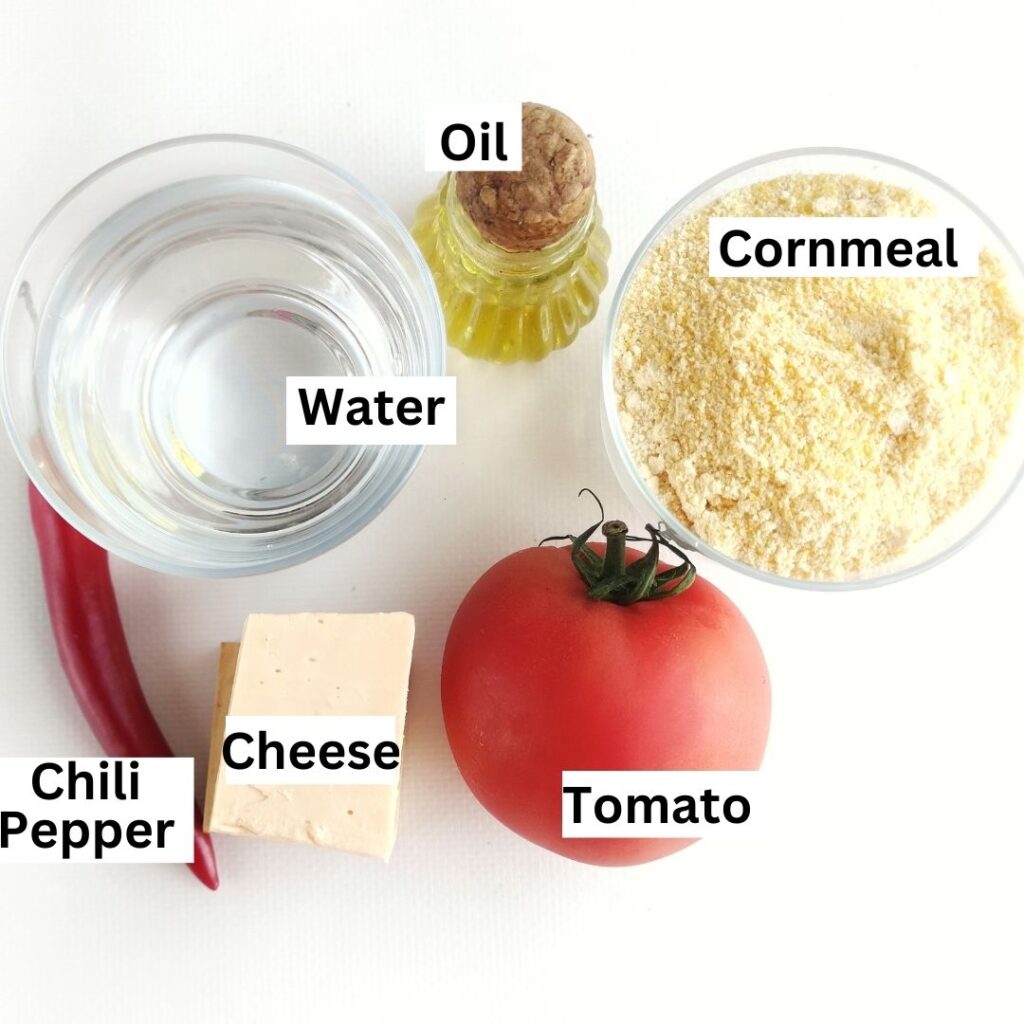
Step-by-Step Arepas Preparation
Step 1: In a large bowl, pour the flour and salt. Stir the mixture with a dry whisk. Pour in the oil and warm water. For this, deciding the right amount of water was crucial; too much water and the dough would turn too sticky. Stirring until a soft dough formed.
Step 2: Knead the dough; if necessary, add more cornmeal. Cornmeal dough has the texture of wet sand. Divide the dough into 4 portions, shape it into small balls, and flatten them softly with a rolling pin to form the cornmeal cakes.
Roll each portion into a circle and flatten slightly.
Step 3: Next, I heated a non-stick skillet over medium heat with oil and placed the arepas in it. The sizzle when they touched the skillet was satisfying. Allow to cook until they turn golden brown on each side.
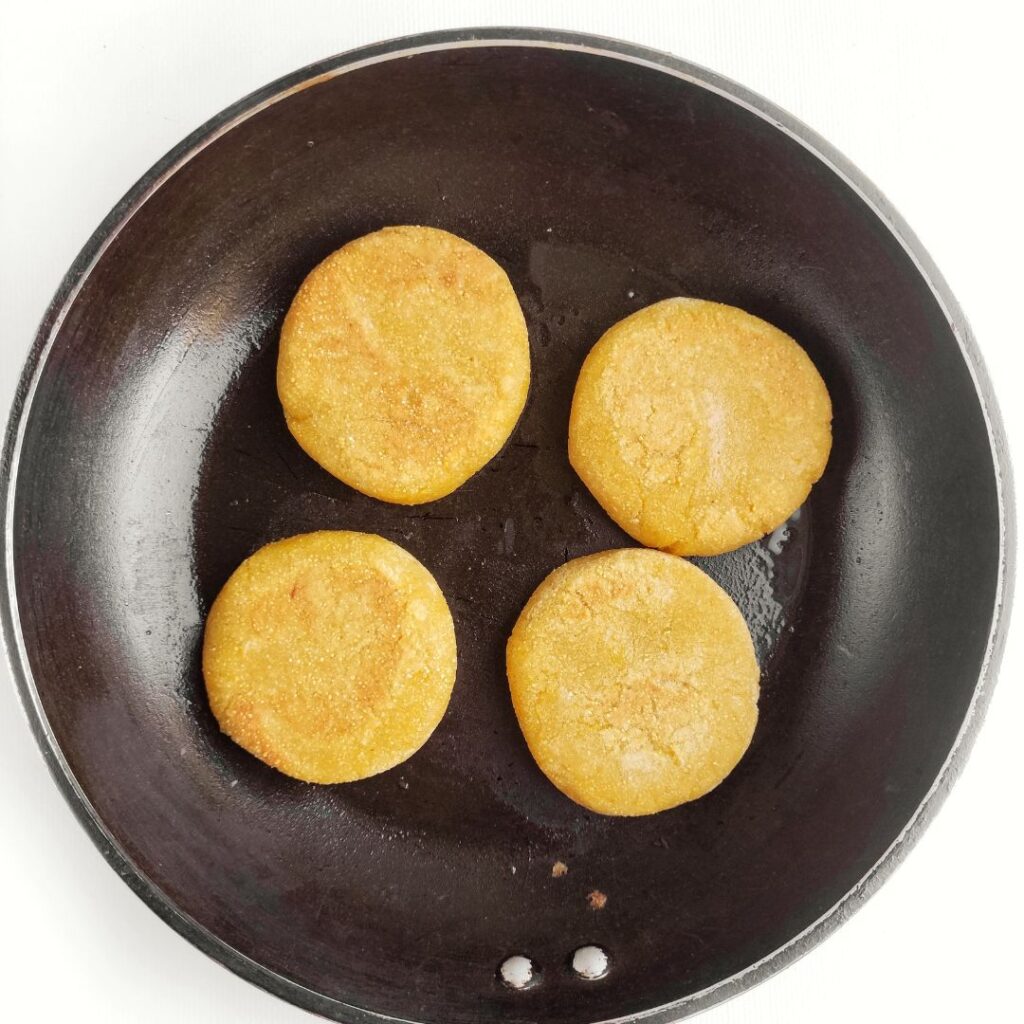
Filling the Arepas
Prepare the filling: Cut cheese into slices, tomato into half rings, and pepper into thin rings.
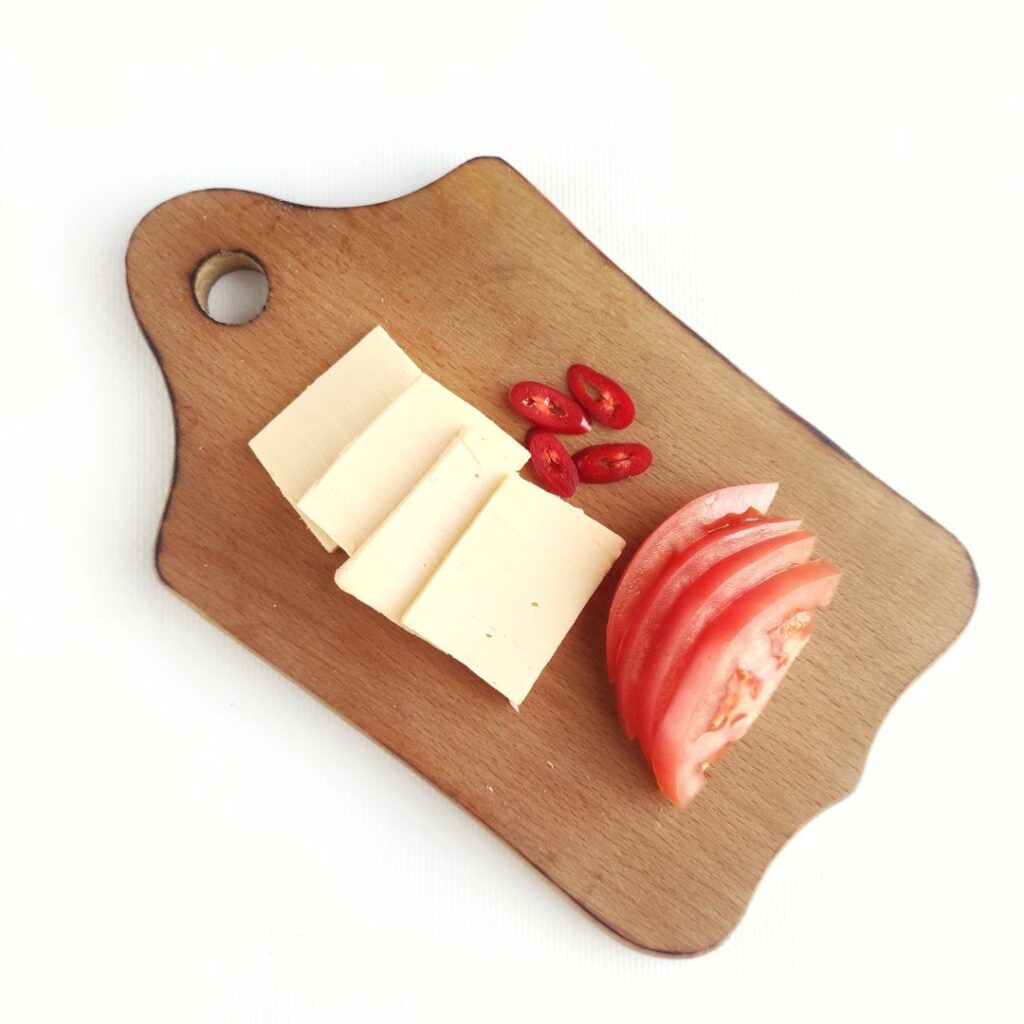
Cut the arepas with a knife to make pockets. Place the filling in the pocket and serve.

I have discovered that one of the joys of making Colombian arepas is the variety of fillings. Mozzarella cheese, for instance, melts beautifully inside the warm, golden brown exterior, creating a lush, gooey center. Next, there’s queso fresco, a staple in Venezuelan arepas, which also introduces a crumbly, fresh texture that balances the cornmeal cakes’ richness. Black beans offer a hearty, protein-packed option, transforming these corn cakes from a mere side dish into a satisfying main course.
The arepa recipes I have tried allowed for immense creativity; from adding a bit of oil in the non-stick skillet to using a toaster oven for reheating, every step could be a discovery. Personal preference here is key. Some might lean towards the traditional Colombian cheese arepas or embark on a culinary adventure, incorporating sweet corn or sweet potatoes. This adaptability makes arepas a beloved dish, inviting everyone to experiment and enjoy their favorite fillings.
Serving and Enjoying Your Arepas
I discovered that arepas serve excellently as both a side dish and a main course. You can substitute the fillings using mozzarella cheese, black beans, and queso fresco. A bit of ricotta salata or a handful of sweet potatoes could introduce a different flavor profile, creating a delightful surprise for your taste buds. Remember, there’s no single “right” way to enjoy an arepa. Share your experimentations with us; we’d love to hear about your delicious Colombian arepas concoctions.

Arepas Colombianas Recipe
Equipment
- Large bowl
- Rolling Pin
- Non-stick skillet
Ingredients
- 1 cup cornmeal
- 1/3 tsp salt
- 1 cup warm water
- 1 tbsp. oil for dough
- 2 tbsp. frying oil
- Filling:
- 1 tomato
- 4 slices vegan cheese
- 4 slices of chili peppers
Instructions
- Step 1: In a large bowl, pour the flour and salt. Stir the mixture with a dry whisk. Pour in the oil and warm water. Stirring until a soft dough formed.
- Step 2: Knead the dough, If necessary, add a little more cornmeal. Cornmeal dough has the texture of wet sand. Divide the dough into 4 portions, shape the dough into small balls, flattening them softly with a rolling pin to form the cornmeal cakes
- Roll each portion into a circle and flatten slightly.
- Step 3: Next, I heated a non-stick skillet over medium heat with a bit of oil placed the arepas in it. The sizzle when they touched the skillet was satisfying. Allow to cook until they turned golden brown on each side.
- Step 4: Prepare the filling: Cut cheese into slices, tomato into half rings, pepper into thin rings.
- Step 5: Cut the arepas with a knife to make pockets. Place the filling in the pocket and serve.
FAQ about Arepas Colombianas Recipe
- What type of cornmeal is best for making Arepas Colombianas?
- The best cornmeal for making Arepas Colombianas is pre-cooked white cornmeal, often labeled as “masarepa” or “arepa flour.” It’s different from the Mexican masa harina or regular cornmeal.
- How do you know when the dough is the right consistency?
- The dough should be pliable and soft, not sticky or crumbly. It should easily form into a ball and flatten without cracking at the edges. If it’s too dry, add more water; if it’s too sticky, add a little more cornmeal.
- Can Arepas Colombianas be made in advance?
- Yes, you can prepare arepas in advance and refrigerate them, either cooked or uncooked. Cooked arepas can be reheated in a pan, oven, or toaster. Uncooked arepas should be brought to room temperature before cooking.
- How do you achieve a crispy exterior on the arepas?
- Ensure the pan or griddle is well-heated to get a crispy exterior before adding the arepas. Cooking them on medium heat makes the outside crispy while the inside remains soft. Using enough oil can also help achieve a more golden and crispy texture.
- What fillings can you use for Arepas Colombianas?
- Besides the suggested vegan cheese, tomato, and chili peppers, you can use a wide range of fillings such as shredded beef, chicken, avocado, black beans, or butter and salt. The fillings can be adapted based on personal preference and dietary restrictions.
- Can Arepas Colombianas be made vegan?
- Yes, by using vegan cheese and plant-based fillings, arepas can easily be made vegan. The basic dough is naturally vegan, consisting of cornmeal, water, salt, and oil.
- How do you store leftover Arepas Colombianas?
- Leftover arepas can be stored in the refrigerator in an airtight container for up to a week. They can also be frozen for up to a month. Reheat them in a pan or oven to restore their original texture.
- Is it possible to bake Arepas Colombianas instead of frying?
- Yes, you can bake arepas at 350°F (about 175°C) for approximately 20-25 minutes, flipping halfway through until golden and cooked. Baking can be a healthier alternative to frying.
- Why do my arepas crack when I cook them?
- Cracking usually occurs if the dough is too dry. Add more water to the dough and knead it until it reaches a smoother consistency. Also, make sure to press the arepas gently and not too thinly.
- Can I use regular cornmeal if I can’t find masarepa?
- Regular cornmeal or masa harina does not have the same texture as masarepa and may not yield the same results. However, in a pinch, you can try processing regular cornmeal in a grinder to make it finer, though the taste and texture will differ from traditional arepas.
Enjoy hearty tortillas without remorse. Arepas Colombianas Recipe is best not prepared in advance. You can store the dough and prepare as needed.

